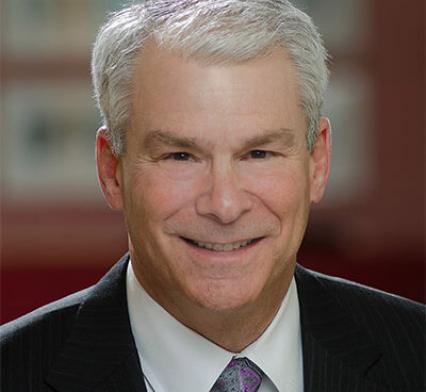Flexibility
At Pinnacol Assurance, the verdict is in: we will retain our current flexible working model for the foreseeable future. We came to this conclusion after extensive research and discussion with our teams. The process and findings were so rich, I think it’s valuable to share them.
Beginning in June, our Future of Work Advisory Council asked our employees to complete an online survey and got an extraordinary 75% response rate. Clearly, the topic of how/whether/when to return to in-person work is hugely important to all our people. Then we did 28 focus groups. As you can imagine, we had a lot of information to comb through.
When our employees said they preferred a flexible working model, they meant the approach we’ve had in place since March ‘20 (and used, to a lesser extent, before the pandemic): work can be done either in the office or remotely, with schedule determined by the employee and their manager. They were adamantly opposed to a hybrid model, with a set schedule of days in/outside of the office.
It was encouraging to see that our employees indicated no lessening of their ability to collaborate and innovate, despite the awkwardness of collaborating virtually rather than in-person. In a company like ours that is focused on transformation, that’s very encouraging.
At the same time, though, the research illustrated the paradoxes inherent in remote work. Our team members note that technology is a huge help, but it’s also a barrier (Zoom fatigue, communications overload, difficulty of picking up on physical cues, etc.) when it is the only option for interaction. They demonstrate higher productivity and report better work/life balance, but they nonetheless mourn the loss of connections with employees outside their own teams and new employees.
From a list of 10 uses of in-office time, only one was deemed meaningful by a majority (66 percent) of focus group participants: social/team-building events. The runner-up was team/project collaboration, with just over a quarter of respondents. Interestingly (and a bit depressingly to an extrovert like me), one-fifth said they saw no meaningful use of in-office time. That’s a stark message to all CEOs and commercial real estate brokers.
There are two major flashing yellow lights in our findings. One is training. It’s much harder to train new employees, particularly in disciplines such as customer service, in a remote environment. The other is culture. The caring protection we provide the workers and businesses we serve shows up in the way our employees interact with each other. We laugh, have fun and love to socialize. Our survey respondents and focus group participants told us that, while our culture hasn’t deteriorated--yet--it’s different now. They’re worried about whether we’ll be able to hold on to the sense of family and fun we always had. I worry about that too, especially for the dozens of new employees, many outside Colorado, we hired during the pandemic. I love that geography is no longer a limitation, and we implemented lots of fun ways to connect all our employees virtually during the pandemic. But Google Chat rooms devoted to pets and kids, gifts and food sent to homes, and virtual game shows only go so far. There’s no substitute for running into and laughing with an actual three-dimensional human.
These are challenging issues to address. Our Advisory Council will be exploring best practices from other companies, and continuing to seek employee input. All of our leaders will have to model the continued creativity and resilience we’re asking of our employees. Our future is flexible; we must be, too.
